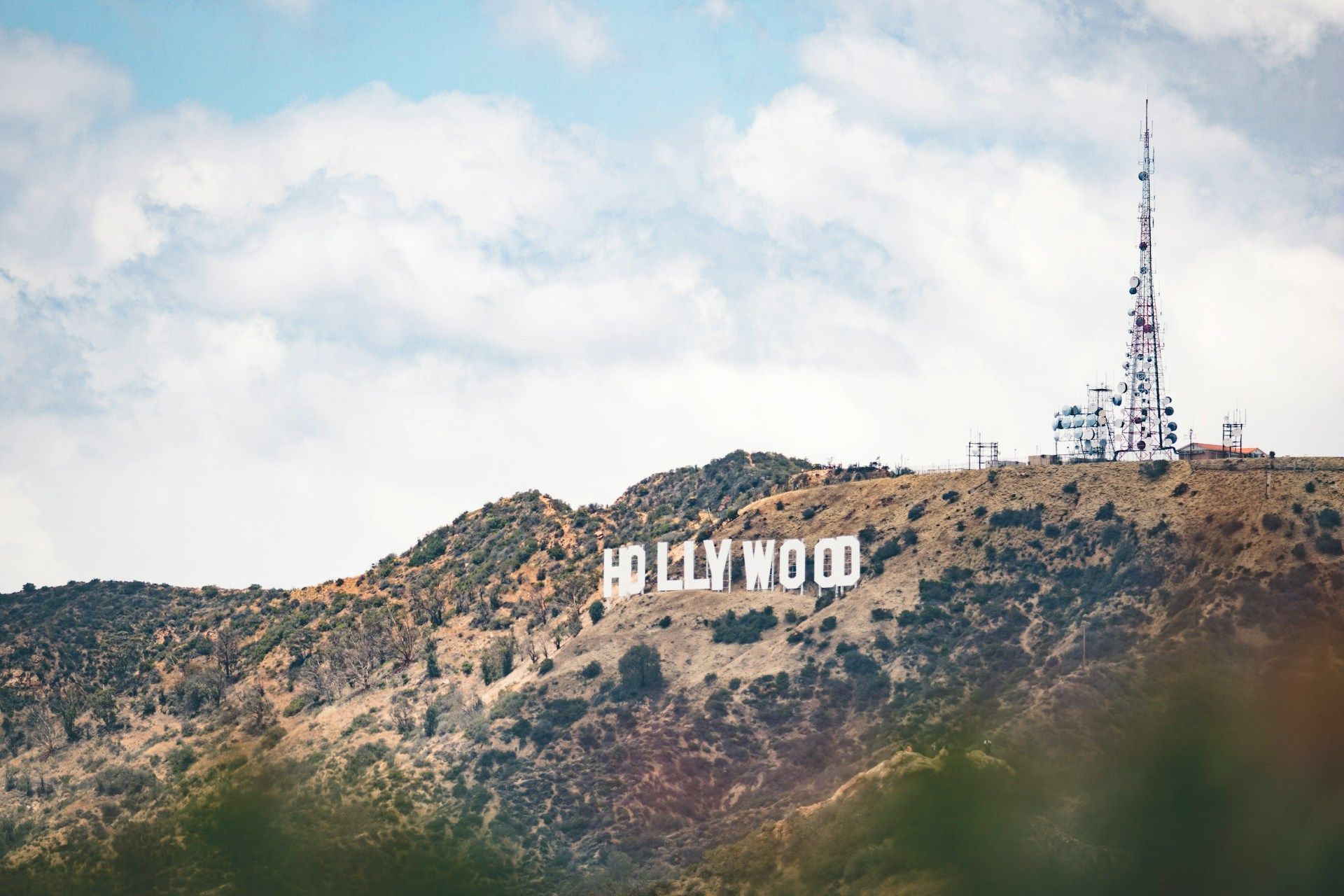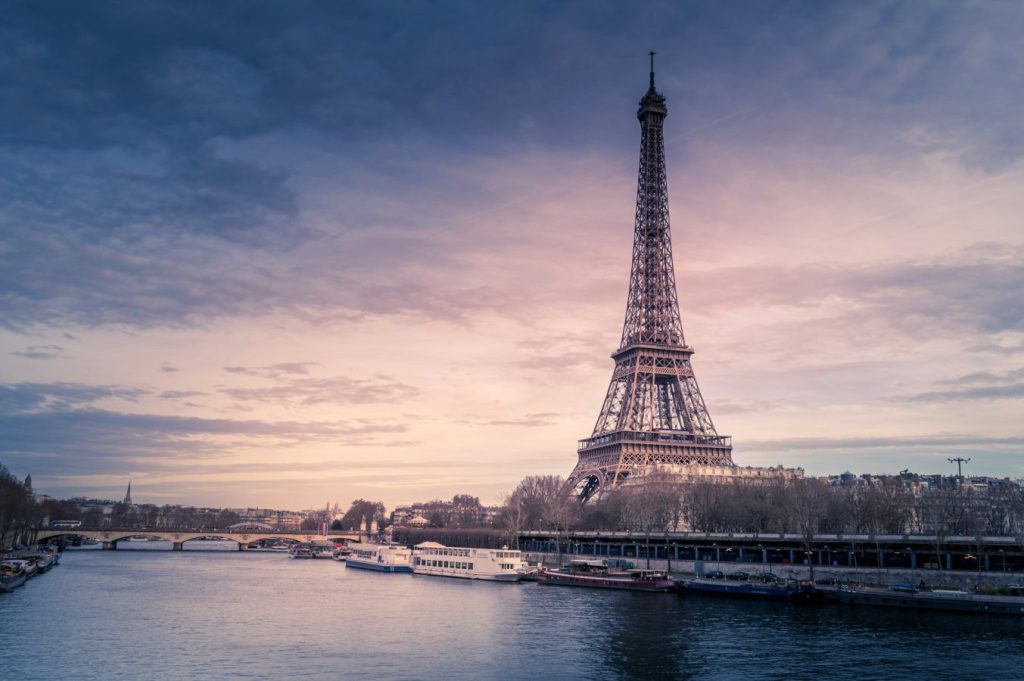
As Paris hopes to keep the Eiffel Tower rings and the hot air balloon attached to the Olympic cauldron even after the Games are over, here are some other iconic tourist spots that were originally meant to be temporary, but have remained.
Tourist spots that were supposed to be temporary
The Eiffel Tower, from the exhibition to the radio
The most famous monument in Paris, the Eiffel Towerwas inaugurated in 1889 for the Universal Exhibition by the engineer Gustave Eiffel.
Hated by some Parisians at the time, the 324-metre-high tower, made of latticed steel beams, was originally built as a temporary attraction to showcase French construction prowess, but became a functional telecommunications tower, used for radio and TV transmissions. The “Iron Lady” has since become the symbol of the capital and one of the world's top tourist attractions, with 6.3 million visitors in 2023.
Currently, around thirty television channels and as many radio stations are broadcast from the tower.
The Hollywood Sign

The sign, a must-see for any movie buff or tourist visiting Los AngelesOriginally titled “HOLLYWOODLAND,” it was built in 1923 as an advertisement for a high-end real estate development project that lasted just 18 months.
By the 1940s, the letters were looking a bit dilapidated and residents petitioned the city to tear them down.
The Hollywood Chamber of Commerce stepped in and offered to fix the problem.
But the last four letters had to go: the sign was to represent the entire city, not just a fashionable residential neighborhood, and by 1949 the newly restored sign simply read “HOLLYWOOD.” It was recognized as a landmark in 1973.
In 1978, shock rock musician Alice Cooper launched a campaign to restore the sign to its former glory, donating $28,000. Eight others, including actor Gene Autry, Playboy founder Hugh Hefner and singer Andy Williams, followed suit, each sponsoring a letter.
The Atomium
The futuristic sculpture of the Atomium helped put Brussels on the map at the first major post-war World's Fair, Expo 58.
The structure was originally intended only as a temporary exhibition, but over the years it has become a symbol of Belgium for foreign tourists and has become the country's favourite monument according to popularity polls.
Located on the Heysel Plateau, north of the Belgian capital, the Atomium consists of nine large spheres connected by 20 tubes, representing a metallic crystal magnified 165 billion times. Its creator, Liège architect André Waterkeyn, designed the building to represent not only an atom but also the nine provinces of Belgium.
From its summit, it offers a breathtaking panoramic view and is often used by Belgians for their wedding photos. More than 840,000 people visited it in 2023.
The Millennium Wheel
The Millennium Wheel, at the time the largest Ferris wheel in the world, was built on the River Thames in London for the millennium celebrations, partly funded by British Airways.
The 135-metre (500-foot) Ferris wheel, now commonly referred to as the London Eye, towers over the Thames opposite Big Ben and Westminster.
The wheel, designed by London architects David Marks and Julia Barfield, was to be dismantled after five years and rebuilt at another site.
It was so successful, attracting 3.3 million visitors in 2000, that it became one of the capital's main tourist attractions.
In 2005, British Airways sold its shares to Tussauds.
This article is published via AFP Relaxnews.
(Main image credits: Chris Karidis/Unsplash; Main image credits: Domino Studio/Unsplash)
Note:
The information in this article is accurate as of the date of publication.


